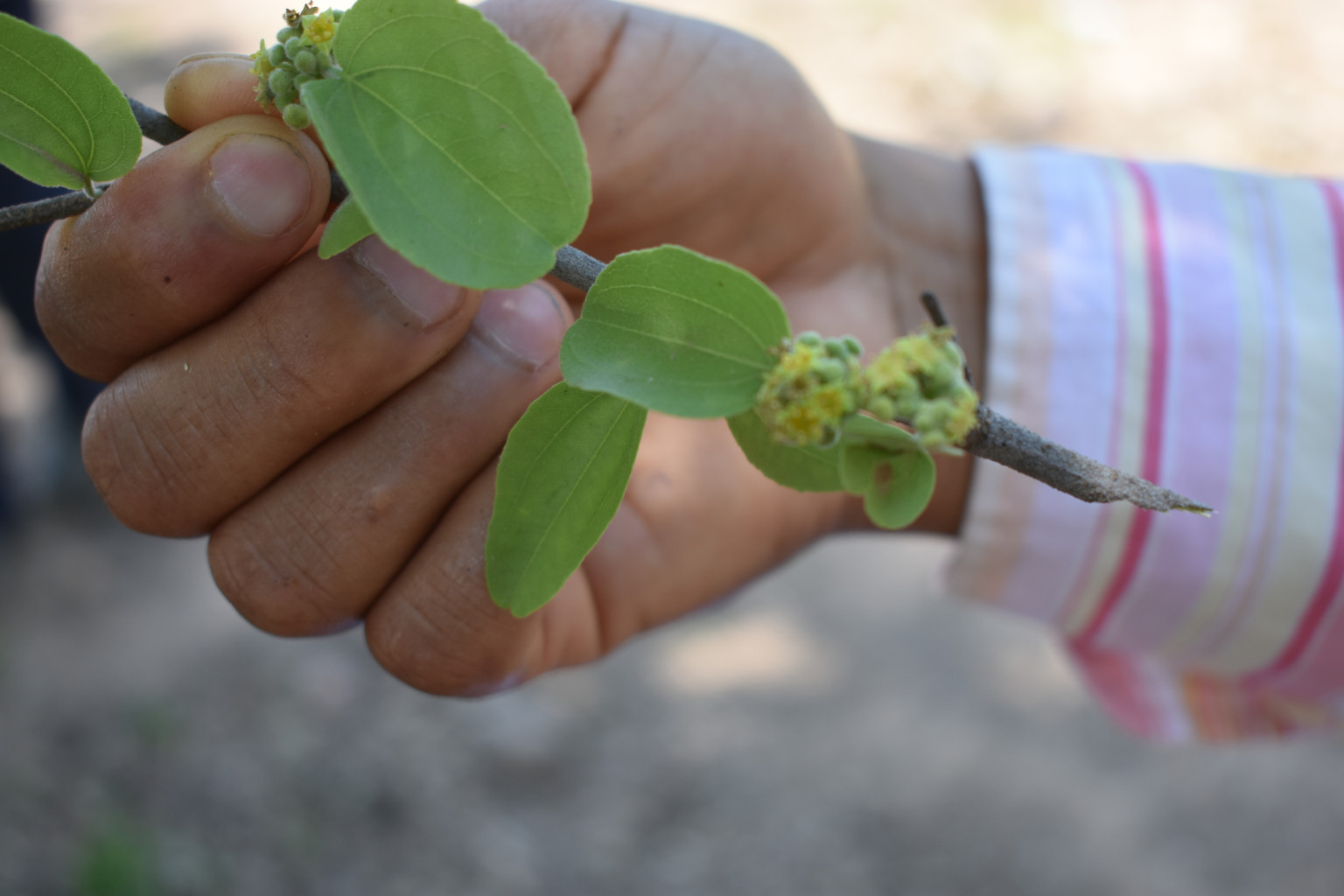21-03-2019 | di COOPI
Gran Chaco: the first botanical encyclopaedia on indigenous medicine
Cough, fever, body aches? Should you find yourself in some villages of the Gran Chaco, the members of the Guaraní, Weenhayek or Tapiete communities would give you bark, leaves or roots to heal these symptoms.
Martha Carema, Oswaldo Tato and Bernardino Carema, aged between 56 and 84, are among the experts in medicinal plants who are supporting us in cataloguing and collecting plant speciesof the Gran Chaco forest that covers 650,000 km2 between Paraguay, Bolivia and Argentina.
Little by little, indigenous communities are losing their ancestral medicinal plants, which are now even more threatened by extreme poverty and unsustainable exploitation of natural resources, together with their ancestral traditions.
Since 2001, we have been intervening to ensure the respect of indigenous human rights. Even now, we are continuing to do so and, this time, we are promoting the indigenous knowledge on medicinal plants with the project "For our sustainable Gran Chaco: active participation in land management models for environmental conservation integrated with sustainable production", funded by the European Union.
The study, currently in progress, will identify the types of plants that are extinct or disappearing, allowing the local population to catalogue and enhance their ancestral culture on traditional medicine. Over the last centuries, this tradition was mostly transmitted orally. This is why we are aiming to share good practices on how to collect and keep the plants, thus contributing to protect the biodiversity.
How medicinal plants have been and will be selected, collected and catalogued? We asked Roberto Cavallini, COOPI country coordinator in Bolivia:
"Firstly, the most up-to-date ethnobotanical research on the use of medicinal plants were presented. Secondly, some key members of the Samaguate community were selected – more precisely Martha, Oswaldo and Bernadino will be joining and supporting us throughout the whole project.
The cataloguing process was focused on drawing up a list of the most used medicinal plants to treat various diseases - including diarrhoea, cough, fever, stomach pain, joint pain and others, along with symptoms related to popular tradition, such as evil eye. Then, interviews were set up to write down the medicinal properties, morphological parts and method of preparation and application of each of the harvested plants.
Plants were thoroughly collected under the careful supervision of our indigenous experts. In total, 35 different botanical species of trees, shrubs and herbs were selected, with fully grown flowers and fruits.
The samples of the plants were then cleaned and dried, firstly by pressing them by hand and secondly by using an electric drier.
To press the plants, each sample was piled on a double sheet of paper with its leaves and flowers well flattened – this method allowed the plants to dry properly and preserve their morphological characteristics.
Once dried in the sun, the medicinal plants were transferred to the National Herbarium of Bolivia in the city of La Paz, where they will be identified and stored for future scientific purposes," concludes Roberto Cavallini.
The research has not finished yet - further surveys will be necessary to gather additional information, while continuing collaborating with the members of the indigenous communities.
The data will be later collected in a book, which will be enriched with scientific notions, such as the scientific name of the plant, its pharmacological properties and other characteristics.
Sharing information with the local indigenous communities will be a crucial aspect of the survey – young students will be the first to benefit from this research aiming to save and pass on the knowledge regarding traditional indigenous medicine.




 Paraguay
Paraguay
